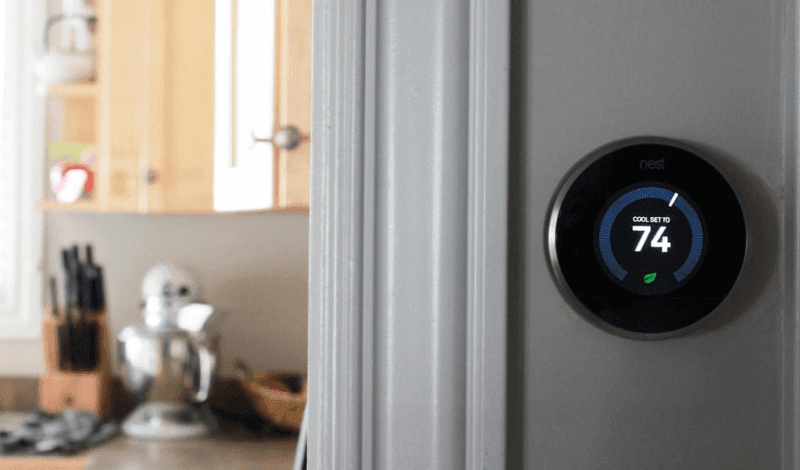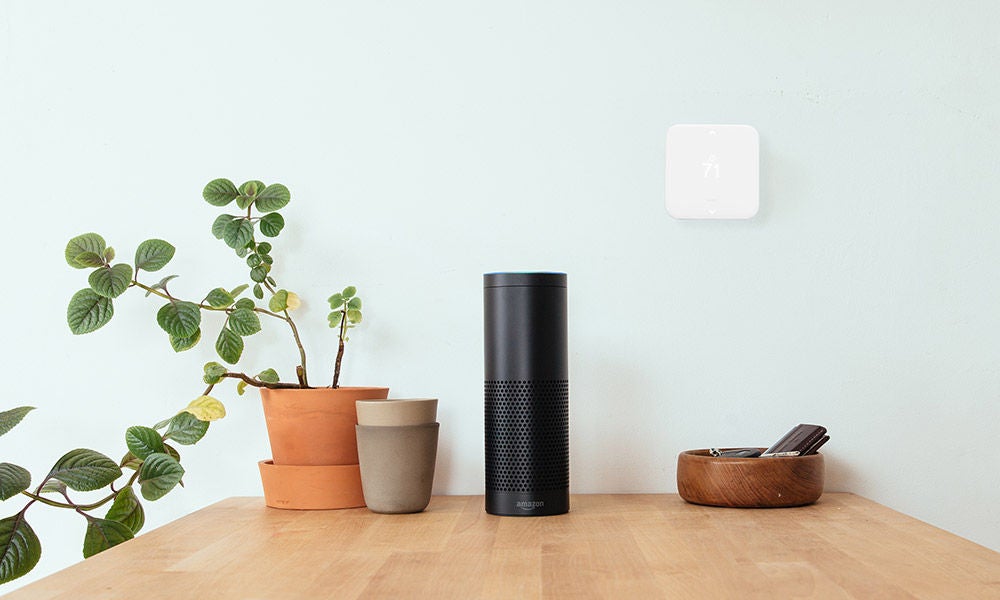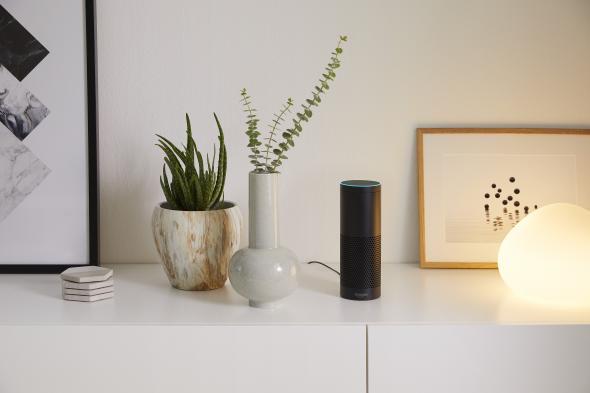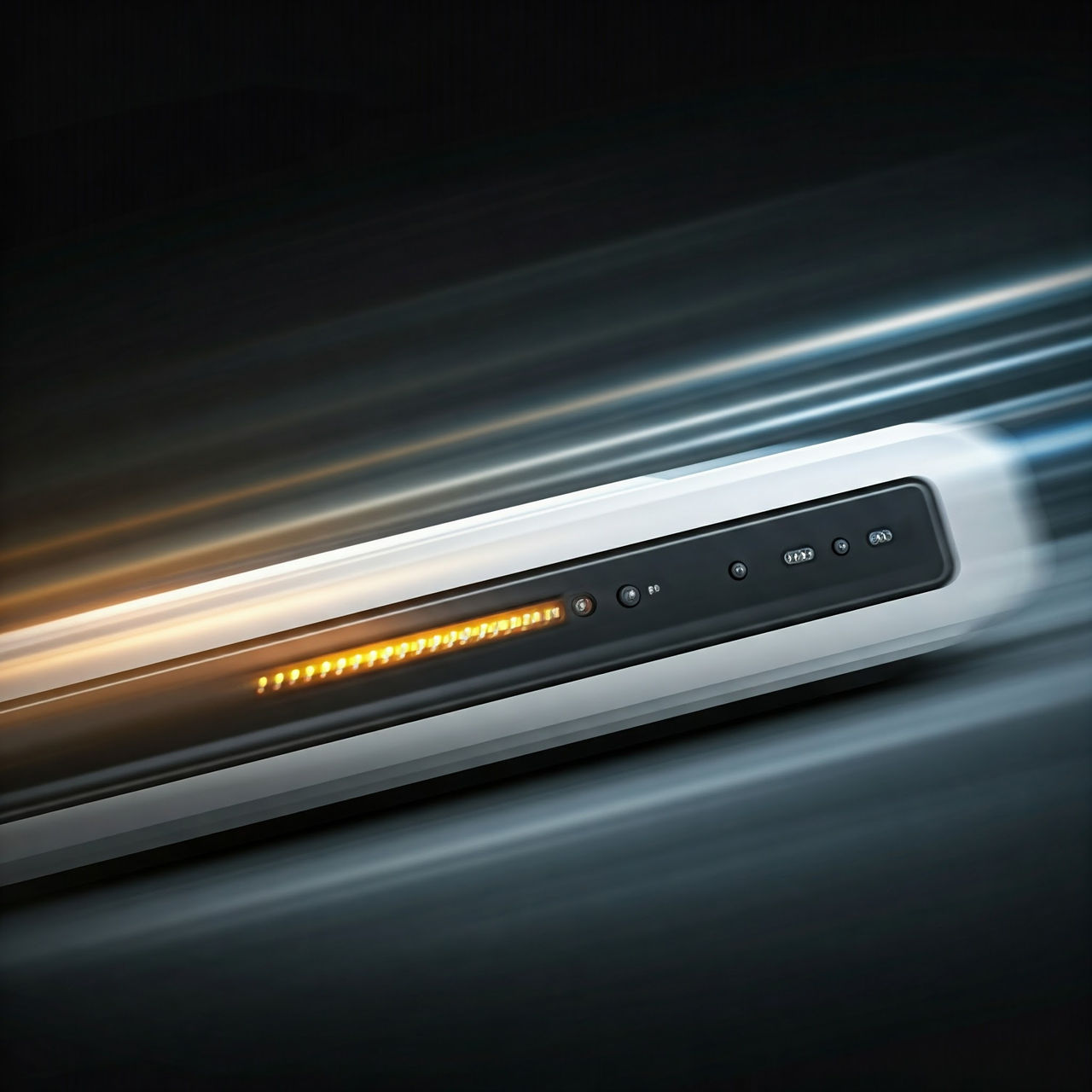
Getting started with home automation
11 May 2019
Smart home automation has been popular for a while now and is only expected to get bigger and better in the future. Products like Amazon’s Alexa and Google’s Home Assistant are just the first step in building the perfect smart home ecosystem.
Being able to turn the lights on or off with your phone was once seen as a luxury but is now pretty common practice in new build homes.
Follow our simple guide to begin creating a truly automated home system!
Getting Started
When you first think of smart home automation it can all seem a bit sci-fi, but tech developments over the past couple of years have made it more and more accessible. In the same breath though, it can now feel overwhelming with a lot of people not knowing where to even start with a smart home setup.
If you’re in that camp, you’re not alone. Our three-step guide will help you get started with smart home automation in just minutes.
1) Determine how tech-savvy you are
The first step when looking at how to create a smart home is to figure out how much you already know about smart homes.
We all have different levels of knowledge and confidence when it comes to this kind of technology. Some of us might already be confident, some of us might be total newbies to the world of home automation, and some of us are somewhere in-between.
All the options are fine, but it’s important to know where you sit before you dive in. You don’t want to overestimate yourself and buy tech you’re not confident in using. While at the same time, you don’t want to underestimate yourself and buy something that doesn’t excite you enough!
Wherever you sit when it comes to creating a home automation system, the first thing you’ll likely buy will be a home assistant device like the Amazon Echo or Google Home.

2) Decide how much you want to spend
For some, just buying a home assistant is a costly affair, and is as much as they’re willing to spend on home automation right now. That’s a very valid point to take, but if you’re happy to continue spending after that, you need to decide early on how much more you’re able to invest in.
This will determine which features you want to prioritise and splurge on as you begin your smart home setup. Develop your own smart home buying guide and stick to it as much as possible. This way you’ll know how to design the ideal smart home for your needs and your wallet.
3) Choose the right smart devices for your needs
Home assistant automation is step one for a lot of us, but even that can be an important choice. Which home assistant is right for you? And then there are those smart bulbs and light switches your friend swears by, but maybe they just don’t work for your lifestyle so there’s no point in choosing them.
If safety is important, consider features like smart doorbells that let you see who’s at the door from your phone. Some even let you talk to the person at the door trough your device. Brands like Ring are leading the charge in this field.
If you use household heating, a programmable smart thermostat can save households up to $180 per year in heating and cooling costs, according to Energy Star.
There are devices to suit almost every need, you just need to choose the ones that actually make sense for your own personal needs.
4) Research your smart home device products
As with everything you purchase, once you have an idea of what home automation tools are the best fit for your tech level, budget, and lifestyle, make sure you do some extra research and read user reviews before committing to your shiny new gadgets.
The range of home automation products is really quite impressive and is growing every day as the need for smart homes increases.
C-Net is a good place to start and host reviews for pretty much every smart home device on the market.
Once the research phase is complete, you should be good to go!

five of our favourite smart home devices
To help kick start your home automation goals, here are five of our favourite smart home gadgets you may want to consider:


